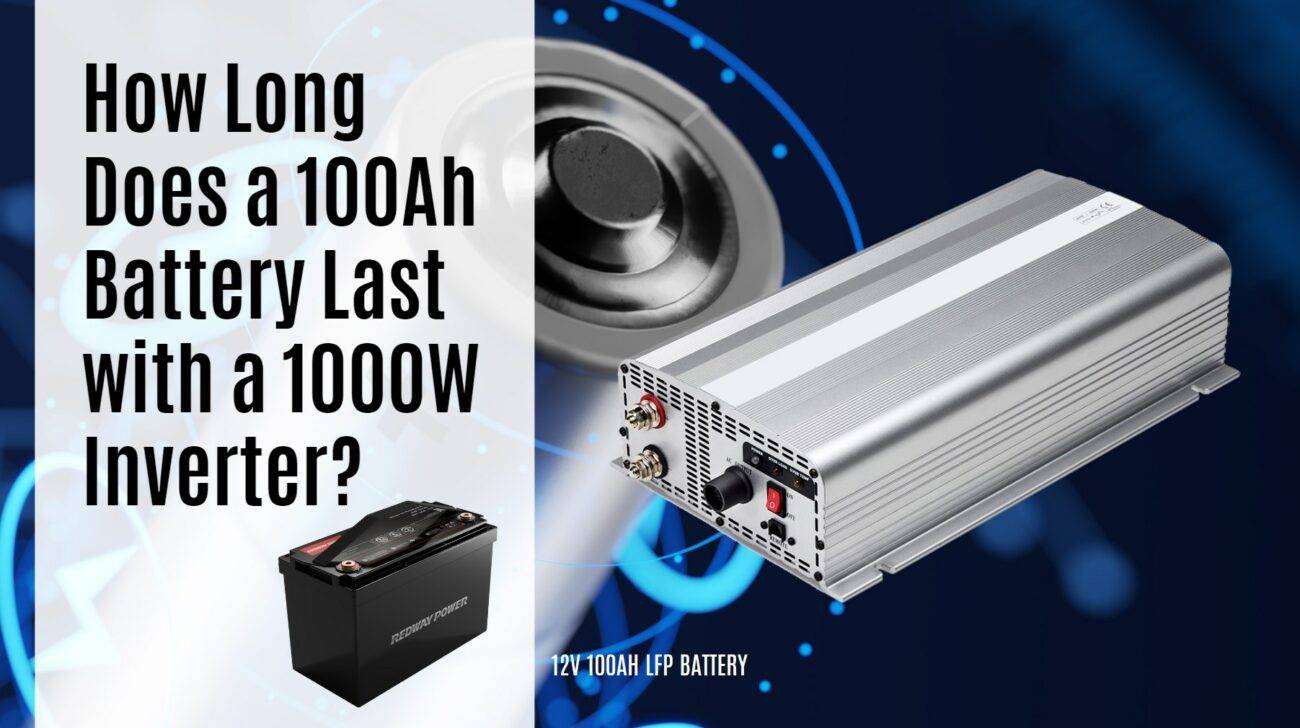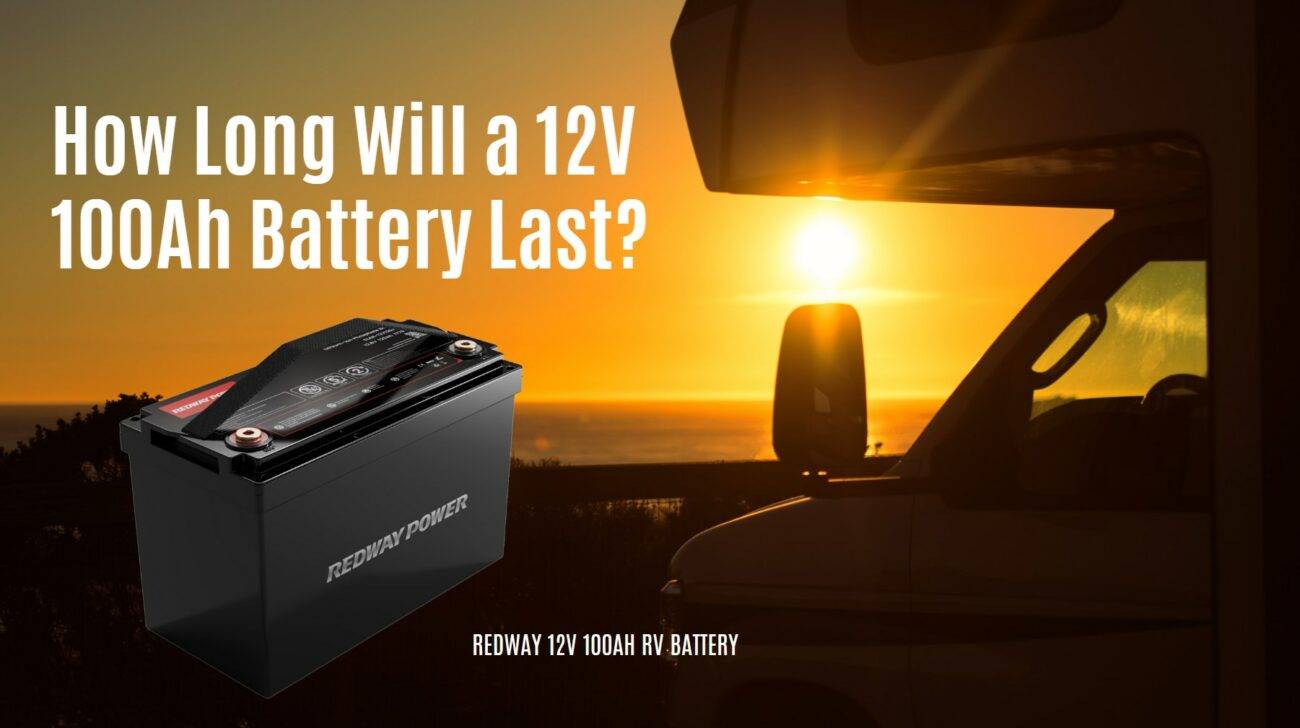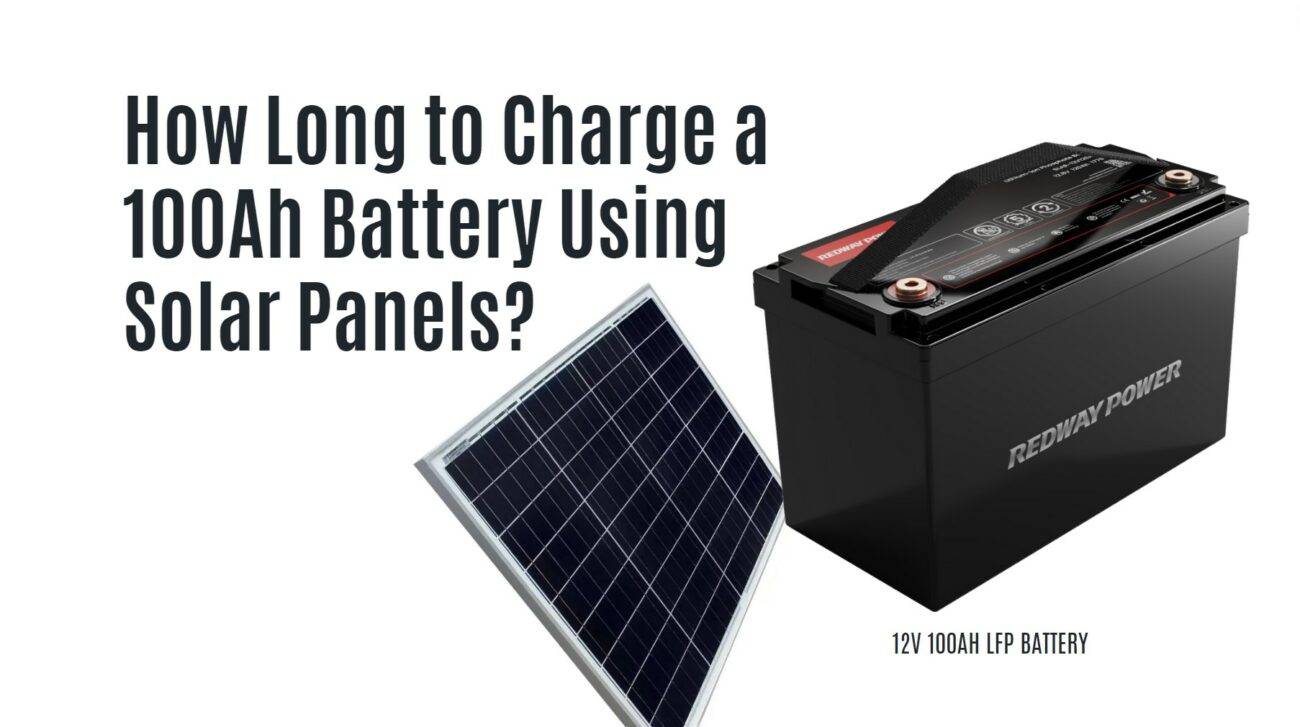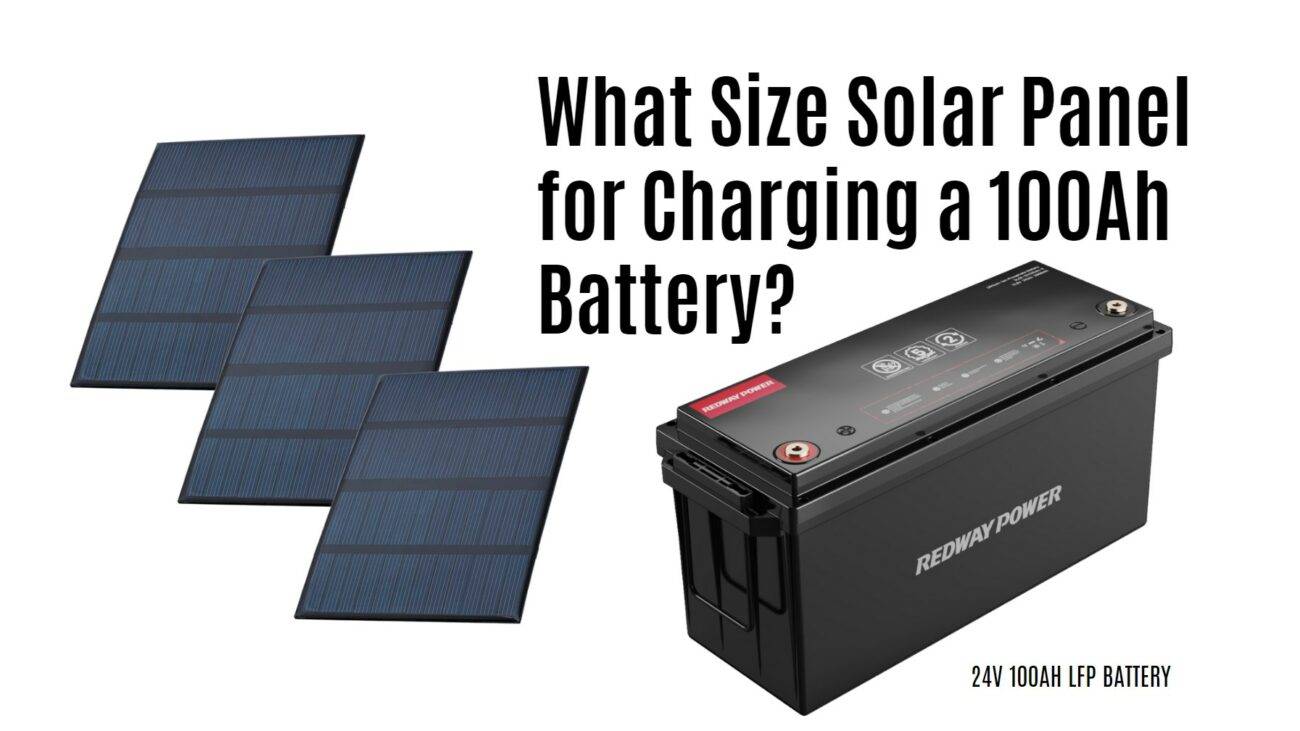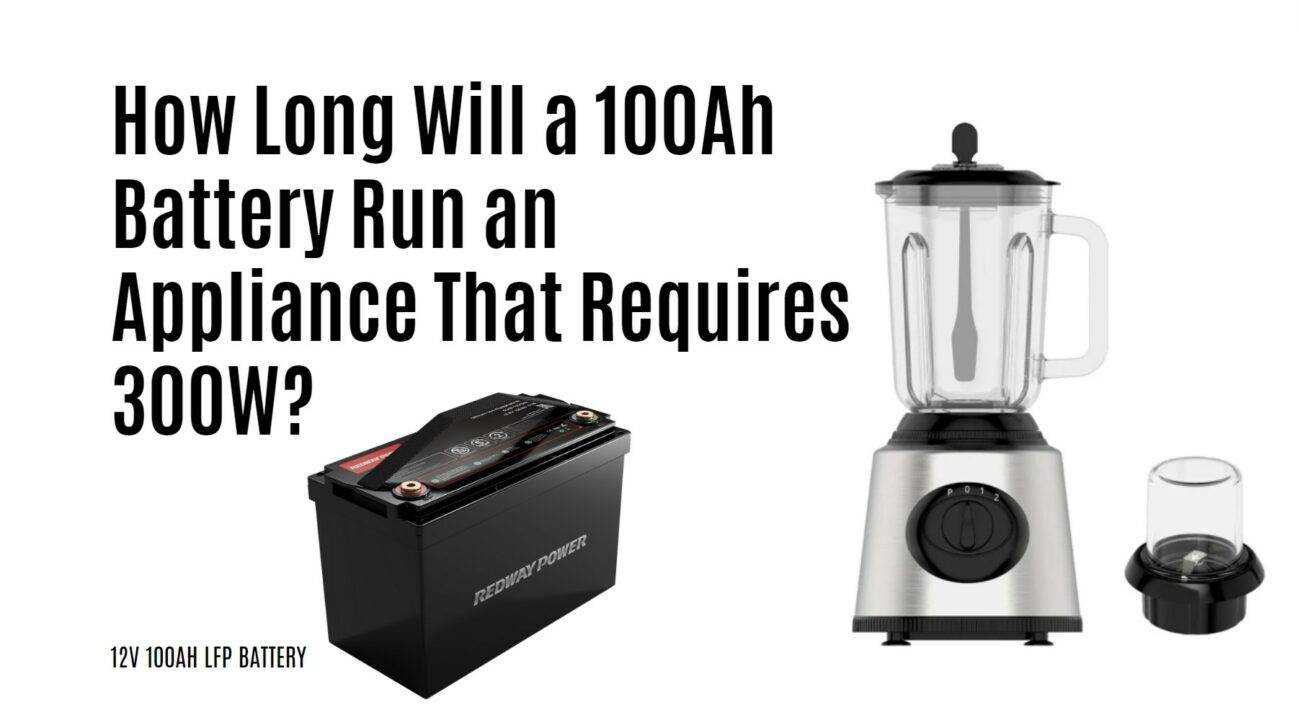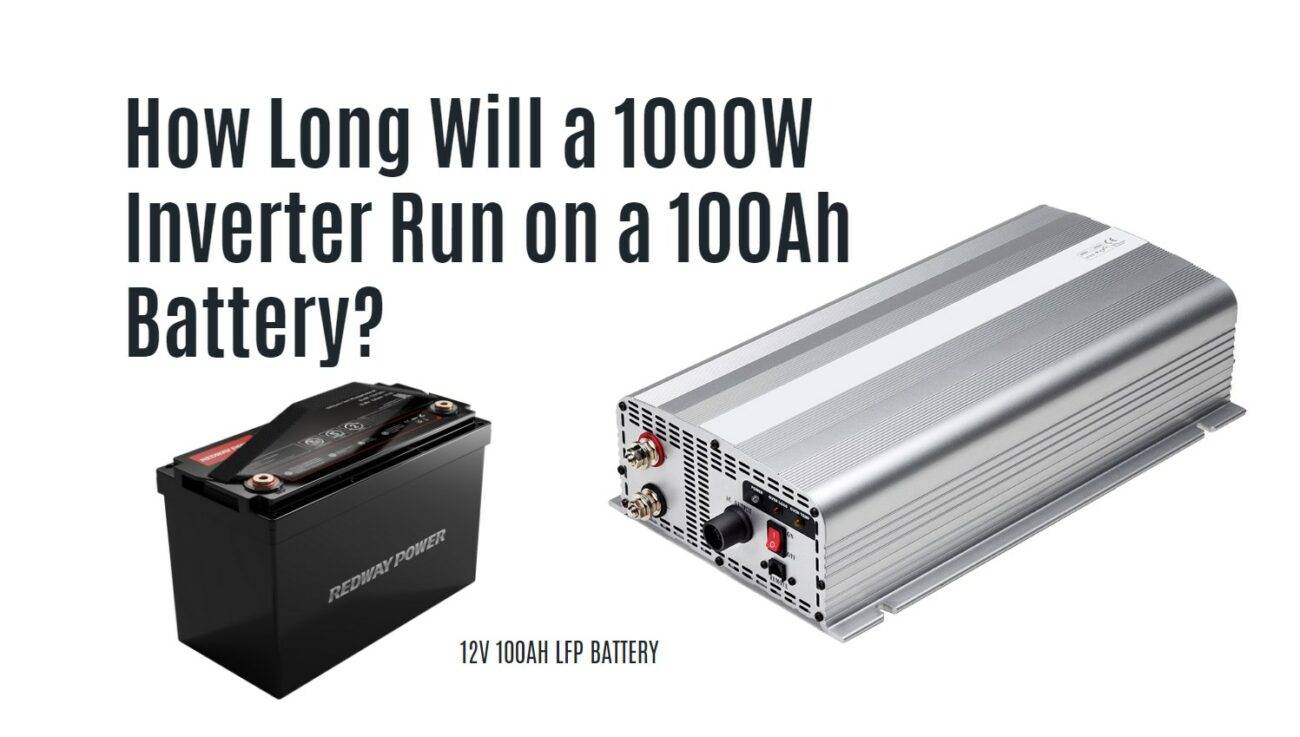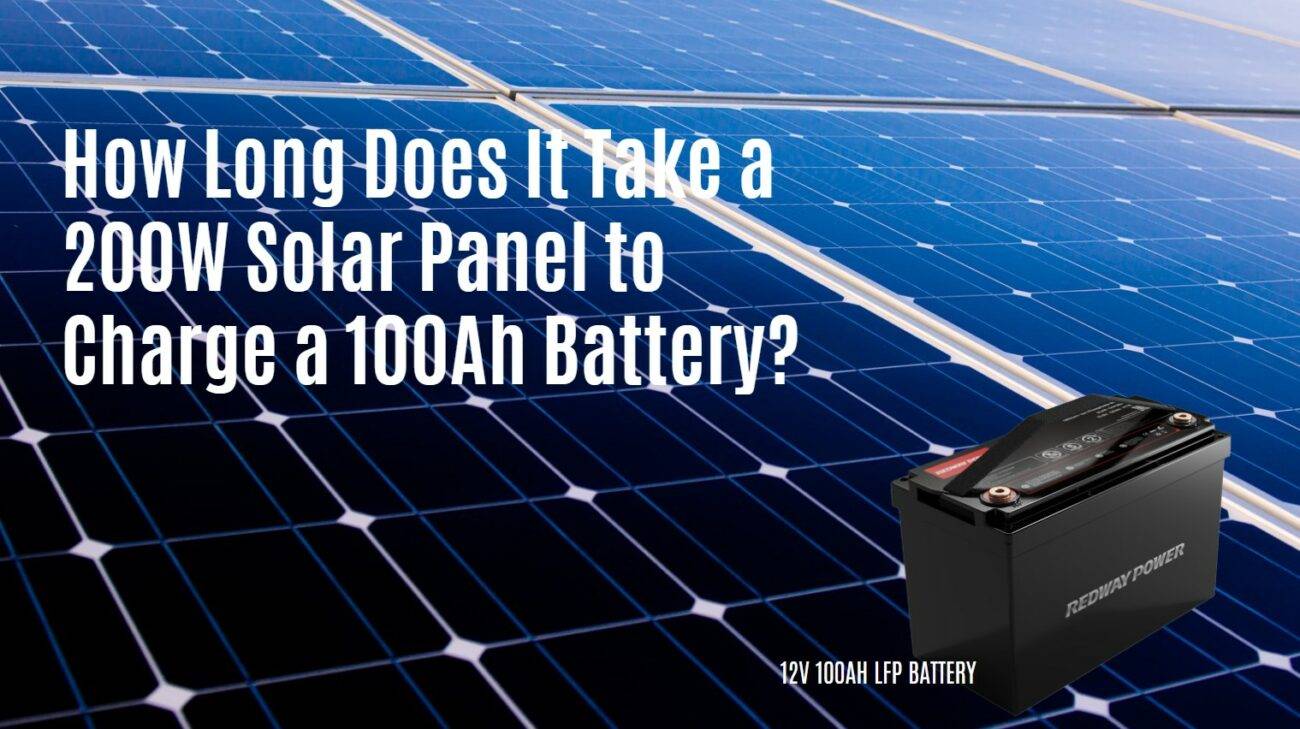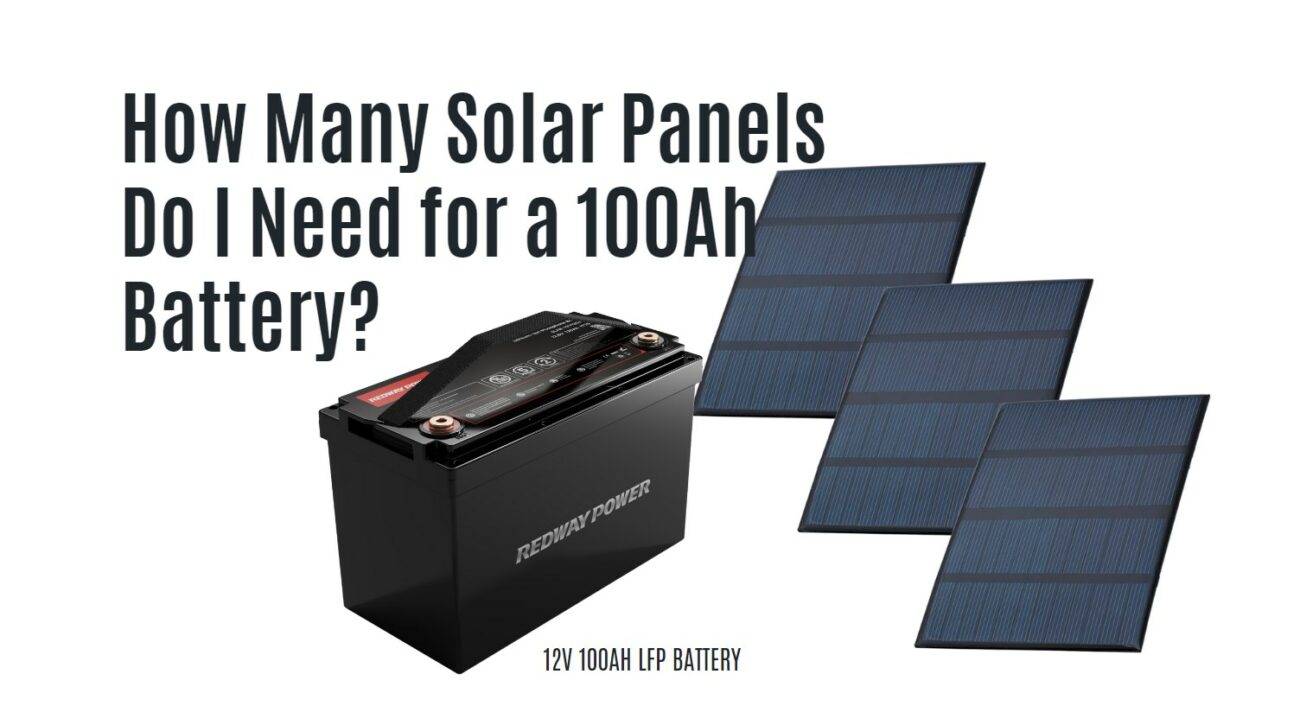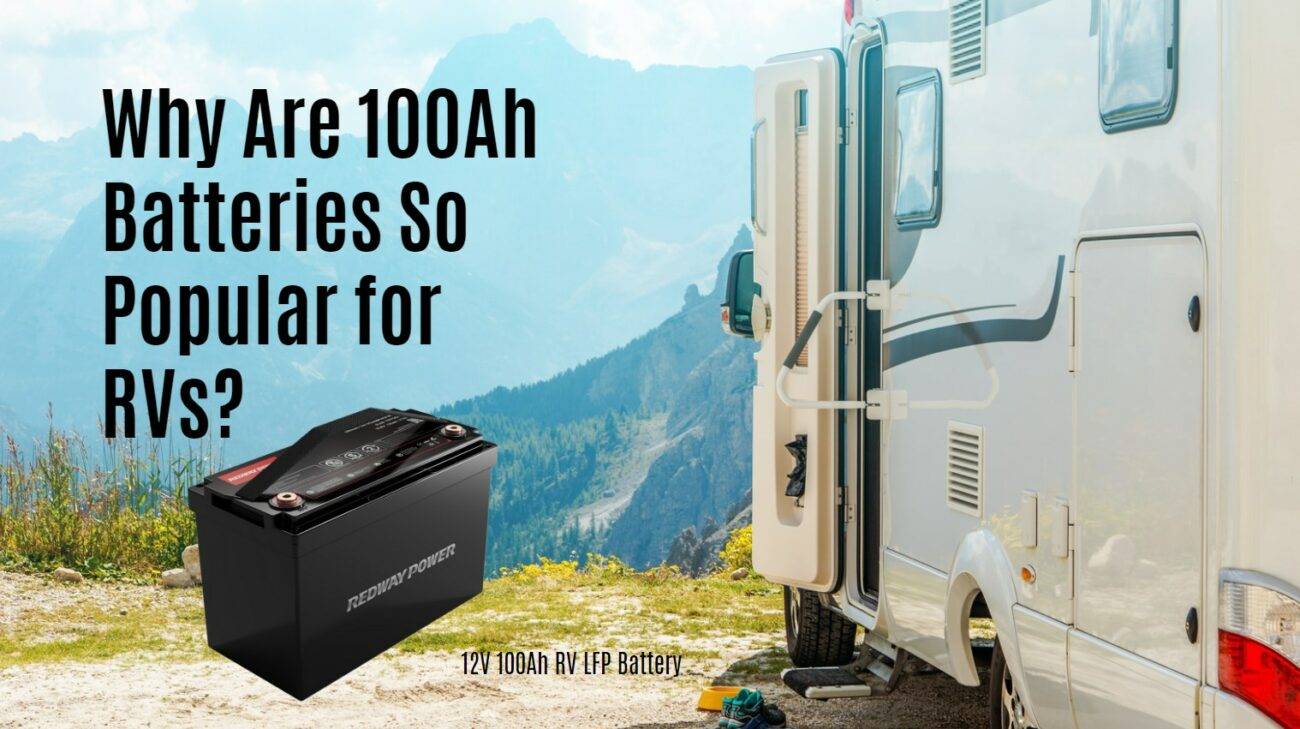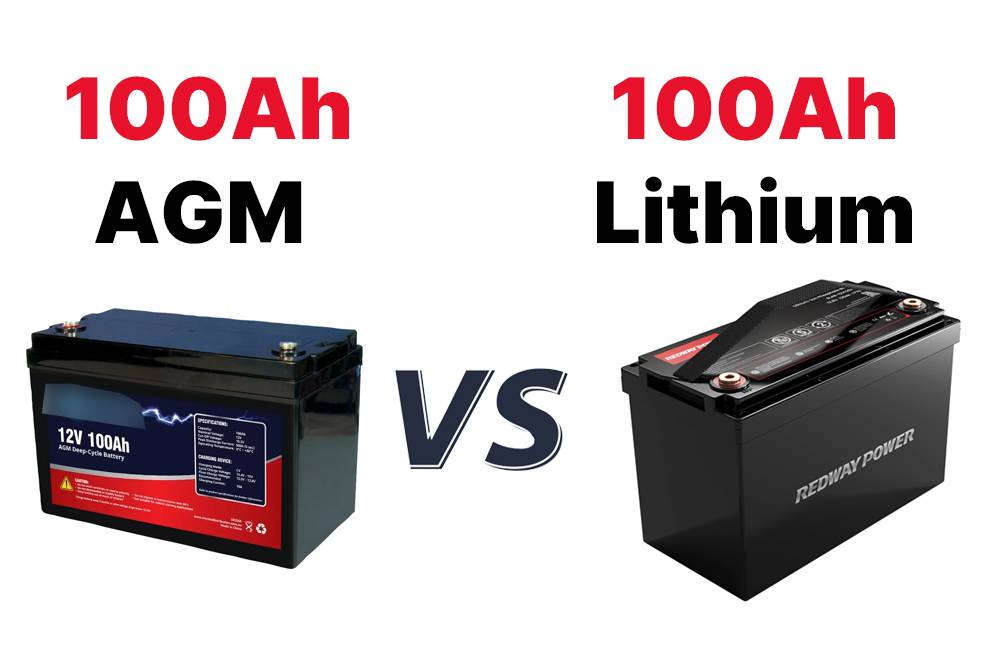- Forklift Lithium Battery
-
48V
- 48V 210Ah
- 48V 300Ah
- 48V 420Ah (949 x 349 x 569 mm)
- 48V 420Ah (950 x 421 x 450 mm)
- 48V 456Ah
- 48V 460Ah (830 x 630 x 590 mm)
- 48V 460Ah (950 x 421 x 450 mm)
- 48V 460Ah (800 x 630 x 600 mm)
- 48V 460Ah (820 x 660 x 470 mm)
- 48V 500Ah
- 48V 560Ah (810 x 630 x 600 mm)
- 48V 560Ah (950 x 592 x 450 mm)
- 48V 600Ah
- 48V 630Ah
-
48V
- Lithium Golf Cart Battery
- 12V Lithium Battery
12V 150Ah Lithium RV Battery
Bluetooth App | BCI Group 31
LiFePO4 Lithium
Discharge Temperature -20°C ~ 65°C
Fast Charger 14.6V 50A
Solar MPPT Charging - 24V Lithium Battery
- 36V Lithium Battery
- 48V Lithium Battery
-
48V LiFePO4 Battery
- 48V 50Ah
- 48V 50Ah (for Golf Carts)
- 48V 60Ah (8D)
- 48V 100Ah (8D)
- 48V 100Ah
- 48V 100Ah (Discharge 100A for Golf Carts)
- 48V 100Ah (Discharge 150A for Golf Carts)
- 48V 100Ah (Discharge 200A for Golf Carts)
- 48V 150Ah (for Golf Carts)
- 48V 160Ah (Discharge 100A for Golf Carts)
- 48V 160Ah (Discharge 160A for Golf Carts)
-
48V LiFePO4 Battery
- 60V Lithium Battery
-
60V LiFePO4 Battery
- 60V 20Ah
- 60V 30Ah
- 60V 50Ah
- 60V 50Ah (Small Size / Side Terminal)
- 60V 100Ah (for Electric Motocycle, Electric Scooter, LSV, AGV)
- 60V 100Ah (for Forklift, AGV, Electric Scooter, Sweeper)
- 60V 150Ah (E-Motocycle / E-Scooter / E-Tricycle / Tour LSV)
- 60V 200Ah (for Forklift, AGV, Electric Scooter, Sweeper)
-
60V LiFePO4 Battery
- 72V~96V Lithium Battery
- Rack-mounted Lithium Battery
- E-Bike Battery
- All-in-One Home-ESS
- Wall-mount Battery ESS
-
Home-ESS Lithium Battery PowerWall
- 24V 100Ah 2.4kWh PW24100-S PowerWall
- 48V 50Ah 2.4kWh PW4850-S PowerWall
- 48V 50Ah 2.56kWh PW5150-S PowerWall
- 48V 100Ah 5.12kWh PW51100-F PowerWall (IP65)
- 48V 100Ah 5.12kWh PW51100-S PowerWall
- 48V 100Ah 5.12kWh PW51100-H PowerWall
- 48V 200Ah 10kWh PW51200-H PowerWall
- 48V 300Ah 15kWh PW51300-H PowerWall
PowerWall 51.2V 100Ah LiFePO4 Lithium Battery
Highly popular in Asia and Eastern Europe.
CE Certification | Home-ESS -
Home-ESS Lithium Battery PowerWall
- Portable Power Stations
How Long Will a 1000W Inverter Run on a 100Ah Battery?

A 1000W inverter connected to a 100Ah battery can typically run for about 0.96 hours (or approximately 58 minutes) under full load, assuming an inverter efficiency of around 90%. This estimation helps users understand how long they can expect their power systems to operate before needing recharging.
What is the formula to calculate runtime for a 1000W inverter?
To calculate the runtime of a 1000W inverter powered by a 100Ah battery, use the following formula:
Runtime hours =Battery Capacity Wh ×Inverter Efficiency / Load Power W
- Convert Ah to Wh: For a 12V system, multiply amp-hours by voltage:
Battery Capacity Wh =Battery Capacity Ah ×Voltage=100Ah×12V=1200Wh
- Consider Inverter Efficiency: If we assume an efficiency of 90%:
Usable Energy=1200Wh×0.90=1080Wh
- Calculate Runtime:
Runtime=1080Wh/1000W=1.08 hours
This means that under optimal conditions, the inverter can run for about 1.08 hours at full load. Chart: Runtime Calculation Example
| Parameter | Value |
|---|---|
| Battery Capacity (Ah) | 100Ah |
| Voltage (V) | 12V |
| Load Power (W) | 1000W |
| Inverter Efficiency | 90% |
| Usable Energy (Wh) | 1080Wh |
| Estimated Runtime | ~1.08 hours |
How does inverter efficiency affect battery runtime?
Inverter efficiency plays a critical role in determining how long your battery will last:
- Higher Efficiency: An efficient inverter converts more of the stored energy into usable power, extending runtime.
- Lower Efficiency: If an inverter has lower efficiency, more energy is wasted as heat, reducing overall available power and shortening runtime.
For example, if an inverter operates at only 80% efficiency, it would reduce available energy significantly, leading to shorter runtimes.
What factors influence how long a 1000W inverter will run on a 100Ah battery?
Several factors impact how long an inverter will run:
- Load Demand: The total wattage of devices connected to the inverter directly affects how quickly the battery discharges.
- Battery Condition: Older or poorly maintained batteries may not hold their rated capacity, leading to shorter runtimes.
- Temperature Conditions: Extreme temperatures can reduce capacity and efficiency, impacting performance.
- Depth of Discharge (DoD): Discharging batteries too deeply can reduce their lifespan and effective capacity.
How can you maximize the runtime of your battery?
To maximize your battery’s runtime, consider these strategies:
- Reduce Load: Use only essential devices or lower-wattage appliances to extend usage time.
- Maintain Battery Health: Regularly check and maintain your batteries to ensure they are functioning optimally.
- Use Quality Equipment: Invest in high-quality inverters and batteries that offer better efficiency and performance.
- Monitor Usage: Keep track of how much power each device consumes to avoid overloading your system.
What is the relationship between battery capacity and inverter load?
The relationship between battery capacity and load is crucial for understanding how long devices can operate:
- Higher capacity batteries (e.g., more Ah) can support larger loads or provide power for longer durations.
- Conversely, higher loads will deplete batteries faster; thus, balancing load with capacity is essential for effective operation.
For example, if you have multiple devices drawing power from your system, ensure that their combined wattage does not exceed what your battery can sustain over time.
How do you determine the usable capacity of a 100Ah battery?
To determine usable capacity:
- Consider Depth of Discharge (DoD): For lead-acid batteries, it’s recommended not to discharge below 50%, while lithium-ion batteries can typically handle deeper discharges.
- Calculate Usable Capacity:
- For lead-acid:
Usable Capacity=100Ah×50%=50Ah
This translates to 50Ah×12V=600Wh
- For lithium-ion:
Usable Capacity=100Ah×90%=90Ah
This translates to 90Ah×12V=1080Wh
- For lead-acid:
Understanding usable capacity helps users plan effectively for their energy needs.
What are the common applications for a 1000W inverter?
A 1000W inverter is commonly used in various applications including:
- Recreational Vehicles (RVs): Powering appliances like microwaves and televisions.
- Camping Equipment: Running lights, small refrigerators, and charging devices.
- Emergency Backup Systems: Providing temporary power during outages for essential devices.
- Off-grid Solar Systems: Converting DC from solar panels to AC for household use.
For those seeking alternatives or replacements for traditional batteries or chargers, Redway Power, known for its high-quality lithium-ion solutions, provides excellent options tailored to specific needs.
Tips for Battery Wholesale Buyers
When considering purchases from reliable manufacturers like Redway Power, keep these key points in mind:
- Assess manufacturer experience and reputation within the industry.
- Request samples or prototypes before making large orders to ensure quality.
- Verify compliance with international safety standards to avoid future issues.
- Discuss customization options that may better suit your application needs.
- Establish clear communication channels for ongoing support post-purchase.
With over 13 years of experience as a well-known lithium battery manufacturer, Redway Power is an excellent choice for wholesale buyers looking for reliable products.
Redway Power Expert Views
“Understanding how to effectively manage your energy systems ensures optimal performance and longevity,” states a representative from Redway Power. “By following best practices and selecting quality components, users can enhance their experience with renewable energy solutions.”
FAQs
How does static power consumption of an inverter affect battery life?
Static power consumption of an inverter depletes the battery even when no load is connected. Over time, this continuous draw reduces battery capacity and lifespan, making efficient inverter selection and proper power management crucial.
What are some scenarios where a 100Ah lithium battery and a 1000W inverter setup might be used effectively?
A 100Ah lithium battery and a 1000W inverter are ideal for off-grid solar power systems, RVs, and small cabins. They efficiently power appliances like refrigerators, lights, and small electronics for extended periods.
What is the maximum inverter capacity for a 100Ah battery?
The maximum inverter capacity for a 100Ah battery depends on its discharge rate. Typically, a 100Ah battery can support inverters up to 1000W for short periods, but continuous loads should be lower to avoid over-discharging.
What are the limitations and considerations for using a 2000W inverter with a 100Ah battery?
Using a 2000W inverter with a 100Ah battery can deplete the battery quickly due to high current draw. It’s crucial to manage battery depth of discharge, ensure proper cooling, and match inverter and battery specifications to avoid damage and reduce lifespan.
How can high-frequency inverters be more efficient than low-frequency inverters?
High-frequency inverters are more efficient because they use smaller, lighter transformers, reducing energy losses and improving conversion efficiency. They also offer faster switching times and more precise control of the output waveform.
What safety measures should be taken when installing and using a 1000 watt inverter?
Ensure proper ventilation to prevent overheating, use appropriate fuse protection, and follow manufacturer guidelines for installation. Regularly check connections and maintain the inverter to ensure safe and reliable operation.
Can a 100Ah lithium battery run a 2000W inverter?
A 100Ah lithium battery can theoretically power a 2000W inverter, but it would be drained quickly due to high current draw. It’s better suited for shorter bursts of high power or used with a larger capacity battery.
What are the main components of an inverter and how do they work?
An inverter typically includes a transformer, switches (transistors or MOSFETs), control circuitry, and filters. It converts DC power from a battery to AC power, adjusting voltage and frequency for compatibility with household appliances.
What are the different types of power inverters for homes?
The main types are modified sine wave inverters, which are cost-effective but less efficient; pure sine wave inverters, which provide clean, stable power suitable for sensitive electronics; and high-frequency inverters, which are efficient and compact.
















